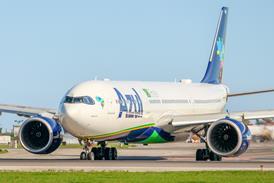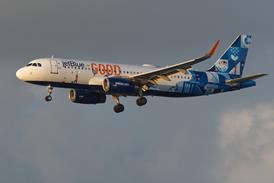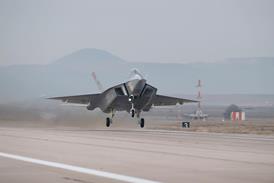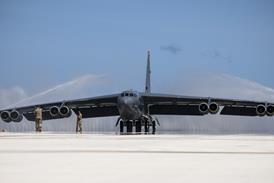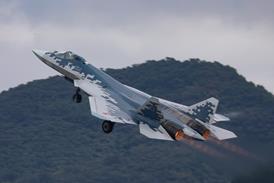FlightGlobal is the global aviation community’s primary source of news, data, insight, knowledge and expertise. We provide news, data, analytics and advisory services to connect the aviation community globally and help organisations shape their business strategies, identify new opportunities and make better decisions faster.
‘Fully focused’ Faury: Airbus chief on A320 successor, hopes for hydrogen, and defence consolidation

Ahead of the Paris air show, the Airbus chief executive lays out his thoughts on the airframer’s future aircraft line-up, its hydrogen prospects, its strategy for the military market, and why its next-generation single-aisle project is more than just sketches.
Keep reading this article by becoming a FlightGlobal member now
PLEASE REGISTER FOR FREE OR SIGN IN TO CONTINUE READING

You have reached your limit of free articles for this period. Register for a FREE account to read this article and benefit from:
- Increased access to online news and in-depth articles from:
- FlightGlobal Premium covering the global aviation industry
- Airline Business providing insight for business leaders
- Weekly newsletters on topics across the industry

